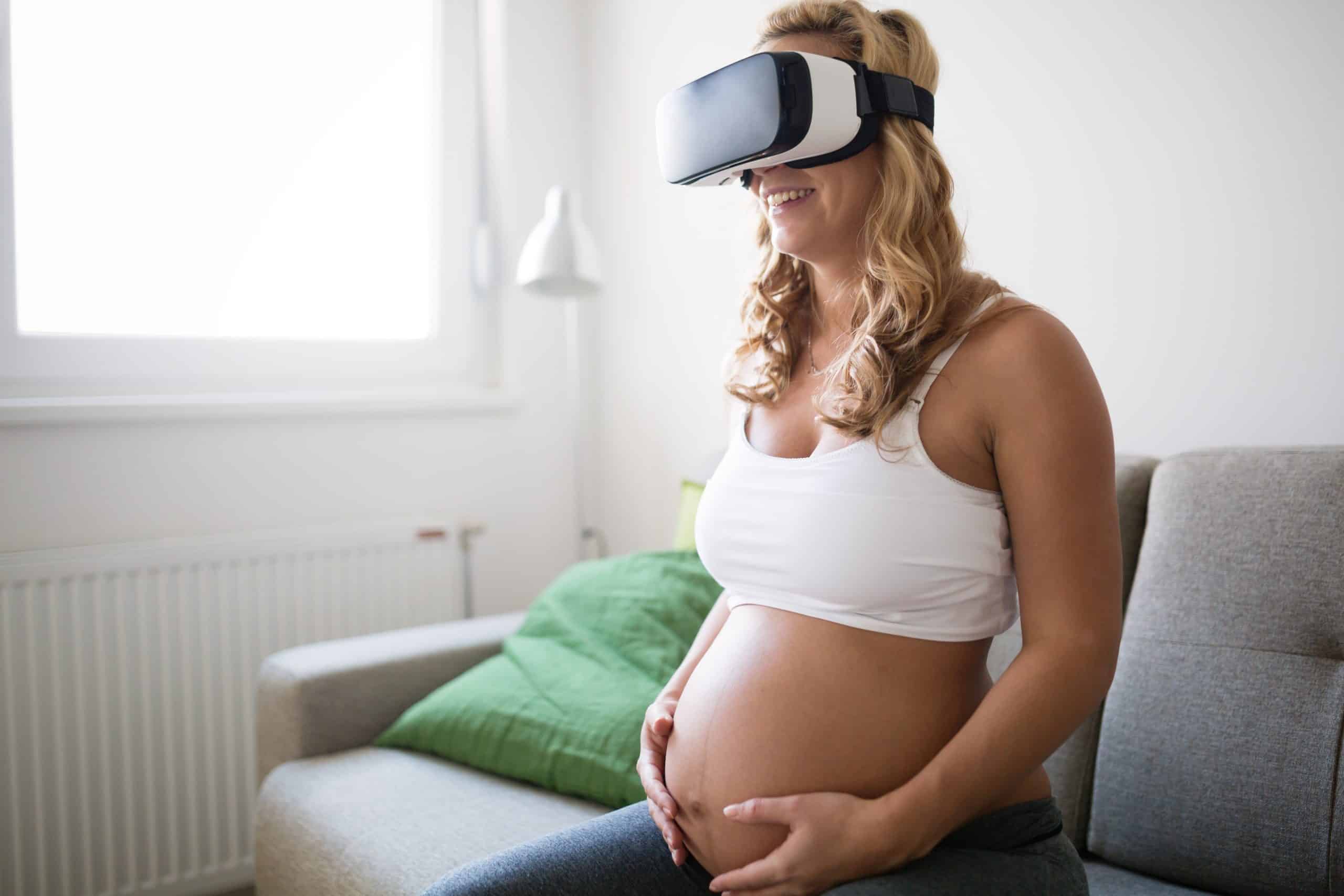How can virtual reality assist in architectural design and planning?

The world of architecture is not immune to the digital transformation that is sweeping across diverse industries. In fact, it might be one of the most exciting areas to witness this revolution. Among the many technological advancements, virtual reality (VR) stands out, offering architects a new way to envisage, design, and interact with their spaces. In this article, we’ll dive into the ways virtual reality is reshaping the architectural design and planning process.
Virtual Reality: A Catalyst for Architectural Innovation
Digital technology has always been a close companion of architectural design. From simple CAD (Computer-Aided Design) software to advanced BIM (Building Information Modelling), technology has continually paved the way for architects to design and plan more efficiently. But with virtual reality, the game is changing completely, offering a more immersive, interactive, and intuitive design and planning experience.
A lire également : How Are AI and IoT Combined to Enhance Smart Home Ecosystems?
Immersive Design Experiences with VR
Imagine stepping into a building that’s not yet constructed, walking around, and experiencing the space as if it were real. That, in essence, is what virtual reality offers architects and their clients. VR allows architects to create three-dimensional, computer-generated environments that can be explored and interacted with in a way that two-dimensional renderings simply can’t match.
This immersive design experience is a game-changer. It gives architects the ability to envision their designs in a more realistic, tangible manner. This can greatly enhance the design process as they can see how various elements interact within a space before construction even begins, helping to foresee and solve potential design problems early on.
Avez-vous vu cela : What Is the Future of Self-Healing Materials in High-Tech Applications?
Increased Client Engagement through VR
Virtual reality doesn’t just benefit architects; it’s also a powerful tool for engaging clients. Traditional architectural drawings or even 3D renderings can be difficult for clients to interpret. However, VR enables clients to step into a realistic representation of the proposed design, where they can explore, understand, and experience the space in a way that is much more intuitive.
This increased client engagement can lead to more effective communication between the client and the architect. Clients, who might not have a background in architecture, can provide immediate and precise feedback, as they are experiencing the design in a more visceral way. This can lead to more informed decisions and a design outcome that better aligns with the client’s vision.
Streamlining Architectural Planning with VR
In addition to the design process, virtual reality is also a valuable tool for architectural planning. It allows architects to accurately simulate the impact of environmental factors such as light, sound, and temperature on the design. This is crucial in creating designs that are sustainable and comfortable for the eventual inhabitants.
Furthermore, VR can help architects to better understand and plan for the construction process. By simulating different construction scenarios, architects can predict potential challenges and devise solutions in advance. This can save both time and money in the long run, leading to more efficient project execution.
The Future of Architecture and VR
While virtual reality is already transforming the field of architecture, the future holds even more promise. As technology continues to advance, we can expect VR to become an even more powerful tool for architects.
Imagine a world where architects can manipulate their VR designs with their hands in real time, adjusting walls and moving furniture around as if they were working with a physical model. Or a world where clients can tweak the color of the walls or type of flooring in their virtual home with a simple voice command. These scenarios might seem like science fiction, but they’re the kind of innovations that the combination of VR and architecture could make a reality.
In conclusion, virtual reality is not just a buzzword in architecture. It’s a powerful tool that can greatly enhance the design and planning process, making it more interactive, efficient, and client-friendly. And as technology continues to evolve, we can only expect the impact of VR on architecture to grow. So, whether you’re an architect or a client, it’s an exciting time to be involved in the architectural world.
Enhancing Collaboration and Communication with VR
The impact of virtual reality on architecture extends beyond design and planning. VR is also redefining how architects, clients, and other stakeholders communicate and collaborate. Traditional architectural models, while effective, can be time-consuming to create and difficult to modify. They also require all parties to be physically present in the same location in order to discuss the design.
Virtual reality eliminates these constraints. Architects can create detailed, interactive VR models that can be easily shared and viewed by anyone, anywhere. This opens up new possibilities for collaboration. Stakeholders can meet in a virtual space to discuss the design, walk through the building together, and make real-time changes. This can greatly enhance the decision-making process, leading to faster, more informed choices.
Furthermore, VR can help to bridge the gap between the technical language of architects and the layman’s understanding of the average client. As clients can explore and interact with the design in a realistic, intuitive manner, they can provide more precise and helpful feedback. This, in turn, can help architects to better understand their clients’ needs and expectations, leading to more satisfying design outcomes.
VR and Architectural Education
VR is not just revolutionizing professional architectural practice; it’s also making waves in architectural education. Students can use VR to virtually visit and study iconic buildings around the world, gaining a deeper understanding of different architectural styles and techniques. They can also use VR to create and test their own designs, allowing them to learn through practical experience in a risk-free environment.
Moreover, the immersive nature of VR can help students to develop a better sense of space and scale, which are crucial skills for any architect. And by simulating real-world construction scenarios, VR can provide students with valuable insights into the practical challenges of bringing a design to life. It’s clear that VR has the potential to transform architectural education, equipping students with the skills and knowledge they need to succeed in the digital age of architecture.
Concluding Thoughts
It is undeniable that virtual reality has become a major player in the field of architecture. It is no longer a mere novelty but a critical tool that is reshaping the way architects visualize, design, plan and communicate their ideas.
From providing immersive design experiences and enhancing client engagement, to streamlining architectural planning and fostering better collaboration, VR is revolutionizing every aspect of the architectural process. It’s even extending its influence to architectural education, promising to cultivate a new generation of architects who are well-versed in digital tools and techniques.
As we continue to make strides in VR technology, the future of architecture looks incredibly exciting. We’re only scratching the surface of what’s possible. The integration of VR in the architectural world is not just a passing trend but a significant leap towards a more innovative and efficient future in design and planning. As such, architects and clients alike should embrace this technology and the unparalleled opportunities it offers.
